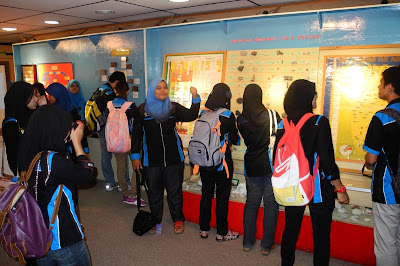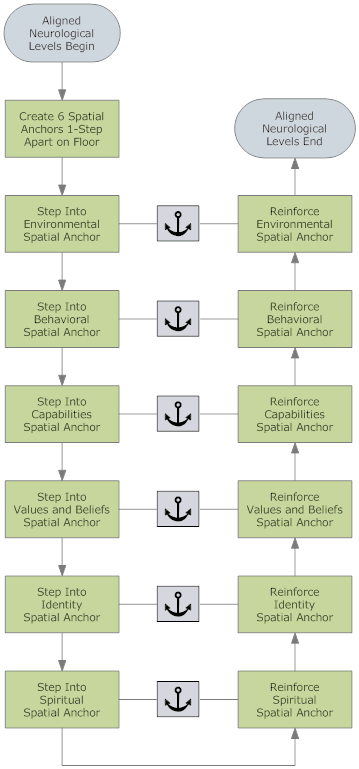Shah Alam
23hb-24hb Mac 2013
9.00 Pg-6.00 Ptg
Yuran: RM1480.00 Sahaja
Model Mind Lines/ komunikasi berimpak tinggi dengan teknik framing &
reframing. Mind lines,adalah baris yang boleh mengubah minda Tidakkah
anda pernah mendengar beberapa patah perkataan atau sebaris ayat yang
mengubah fikiran anda. Ianya adalah baris ayat yang memberi impak tinggi
kepada emosi anda lalu mengakibatkan persepsi dan kelakuan anda
berubah. Baris-baris perkataan atau ayat ini dikenali sebagai mind lines
dalam istilah Neuro-Semantics. Sebagai manusia kita sentiasa berfikir
dalam bentuk kerangka ataupun framing. Kerangka ini membentuk persepsi
dan juga memandu kelakuan. Untuk mengubahnya kita melakukan kerangkaan
semula atau reframing. Program 2 hari ini akan menunjuk cara
kaedah-kaedah framing dan juga reframing. Ianya akan menerangkan tujuh
(7) arah hala tuju cara berfikir dan 26 kaedah untuk melakukan
kerangkaan semula ataupun reframing. Kedua-dua program ini adalah
berteraskan kaedah-kaedah meta model dari Neuro Linguistic Programming
(NLP) dan kaedah meta-states dari Neuro-Semantics.
FAEDAH KEPADA PESERTA
1.
Peserta-peserta yang mengikuti program ini akan mengetahui
kaedah-kaedah komunikasi yang efektif melalui kerangkaan dan kerangkaan
semula.
2. Mengubah pandangan atau persepsi seseorang melalui teknik reframing
3. Dapat berkomunikasi dengan cara yang lebih berkuasa (powerful communication)
4. Mengetahui cara kepercayaan dan persepsi terbentuk di peringkat abstrak yang lebih tinggi
5. Boleh membentuk kepercayaan dan nilai yang mengukuhkan diri
6. Menjelaskan bagaimana kepercayaan terbentuk dan diterapkan dalam diri kita.
ALAMAT
KURSUS
MTM Consultants Sdn Bhd Learning Centre,
No 2 Aras 4, Pusat
Dagangan UMNO Shah Alam,
Persiaran Damai, Seksyen 11, 40000 Shah Alam
Selangor Darul Ehsan.
MAKLUMAT PERHUBUNGAN
Kepada yang berminat boleh hubungi kami (Suzana,Fina) di 03-5513 4588 / 03-5513 4462 atau email ke
info@akademinlp.com.
Anda juga boleh melayari laman web kami www.akademinlp.com untuk
maklumat lanjut serta program-program yang akan datang.Kepada
NLPer-NLPer yang telah mengikuti program ini tahniah kami ucapkan,
Salam 1NLP
Fina
cservice@akademinlp.com








































.jpg)












